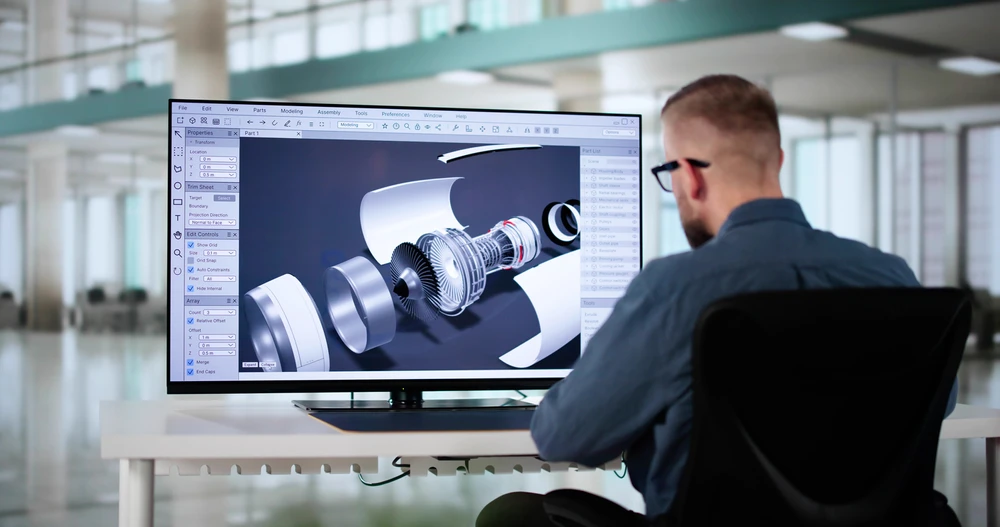Product Portfolio Optimization with CPQ Data: Decide What to Keep, Fix, or Drop
Product portfolio optimization helps manufacturers improve margins and reduce complexity by using CPQ sales data to evaluate real product performance.

Product portfolio optimization helps manufacturers improve margins and reduce complexity by using CPQ sales data to evaluate real product performance. Deal insights reveal which products to keep, which to fix, and which to drop, giving manufacturers a clear path to streamline their portfolio and uncover opportunities for innovation.
For many B2B manufacturers, adding more products feels like progress. More SKUs mean more chances to meet customer needs, or so it seems. In reality, sprawling portfolios often create hidden costs: slower quoting, increased engineering workload, greater operational complexity, and shrinking margins.
The challenge is knowing which ones actually drive value. By analyzing quoting patterns and sales behavior captured in CPQ, manufacturers can make smarter portfolio decisions, focusing resources where they matter most and even spotting gaps that spark innovation.
The disconnect between sales volume and product profitability
Not every product pulls its weight. Just because something is quoted often doesn’t mean it’s profitable. Many high-volume configurations require steep discounts, multiple revisions, or manual engineer intervention. These costs erode deal value and stall sales velocity.
Some of the most quoted items in a portfolio can actually deliver slim or even negative margins. These products are often highly complex, requiring manual configuration and engineering review that eats into efficiency. Others rely on frequent discounting just to close a deal, which undercuts profitability. And many suffer from low quote-to-close ratios, where the time and effort spent preparing quotes simply doesn’t pay off.
Warning signs include:
- High quoting activity but poor close rates
- Frequent discounting to win deals
- Multiple quote revisions and manual overrides
- Heavy reliance on engineering support
To evaluate true product performance, manufacturers should look beyond quoting volume.
Measure what matters with CPQ sales data
CPQ systems capture how products behave in real-world sales scenarios.
Instead of relying on spreadsheets or assumptions, manufacturers can measure:
- Quote frequency vs. conversion: Does quoting effort translate into closed deals?
- Revision and rework rates: Are products overly complex or misaligned with customer needs?
- Discount dependency: Which products only move when margins are sacrificed?
- Engineering time required: How much hidden cost does each product carry into the quoting cycle?
Together, these data points show you which products are worth your team’s time and which are just noise.
Apply the keep–fix–drop (and explore) framework
Armed with CPQ insights, manufacturers can apply a practical framework to optimize their portfolios:
Keep
- High-margin products with strong quote-to-close ratios
- Minimal rework, limited discounting
- Steady demand from core customers
Fix
- Products with strong revenue potential but margin pressure
- High quoting activity but low conversion rates
- Frequent requests for customizations (a signal for redesign or modularization)
Drop
- “Zombie SKUs” that are rarely quoted
- Margin-negative products that consume engineering time
- Legacy items that no longer fit market needs
Explore
- Repeated customer modification requests point to white-space opportunities
- Products with consistent discount pressure may need new packaging or service bundles
- Gaps in quoting patterns can signal unmet market needs worth exploring
Italian medtech manufacturer Conf Industries used CPQ data to rationalize its product catalog, removing 50 to 60 underperforming SKUs that no longer met demand so it could focus on higher-value offerings.
Unlock innovation through portfolio insights
Product portfolio optimization is as much about growth and innovation as it is cutting costs.
When manufacturers shed underperforming products, they free up engineering capacity, reduce operational drag, and focus on products that truly drive profitability. But the real opportunity lies in innovation.
By analyzing where customers frequently request changes, where quoting stalls, or where discounts are the only way to close deals, manufacturers gain direct feedback for product strategy. CPQ data reveals where to design something better.
This shift turns portfolio optimization from a defensive exercise into an engine for smarter, faster innovation.
A smarter way to manage your product portfolio
By leveraging CPQ quoting data, manufacturers can base their decisions on how products actually perform at the point of sale in real configurations, with real customers, and under real pricing conditions. This data-driven approach provides something traditional spreadsheets and sales volume reports may miss: objective visibility into product line profitability.
Instead of assuming which SKUs are successful, you can see exactly which products close deals at full price, which ones require heavy discounting, and which ones stall the quoting process altogether. And when product, sales, and finance teams all work from the same real-world performance data, CPQ software creates a common language, driving alignment across product development, commercial strategy, and margin goals.
Forward-thinking manufacturers are already using this lens to refine their portfolios, improve profitability, and focus resources where they matter most. If you’re not one of them yet, now is the time to discover how Tacton can help you refine your manufacturing product strategy.


